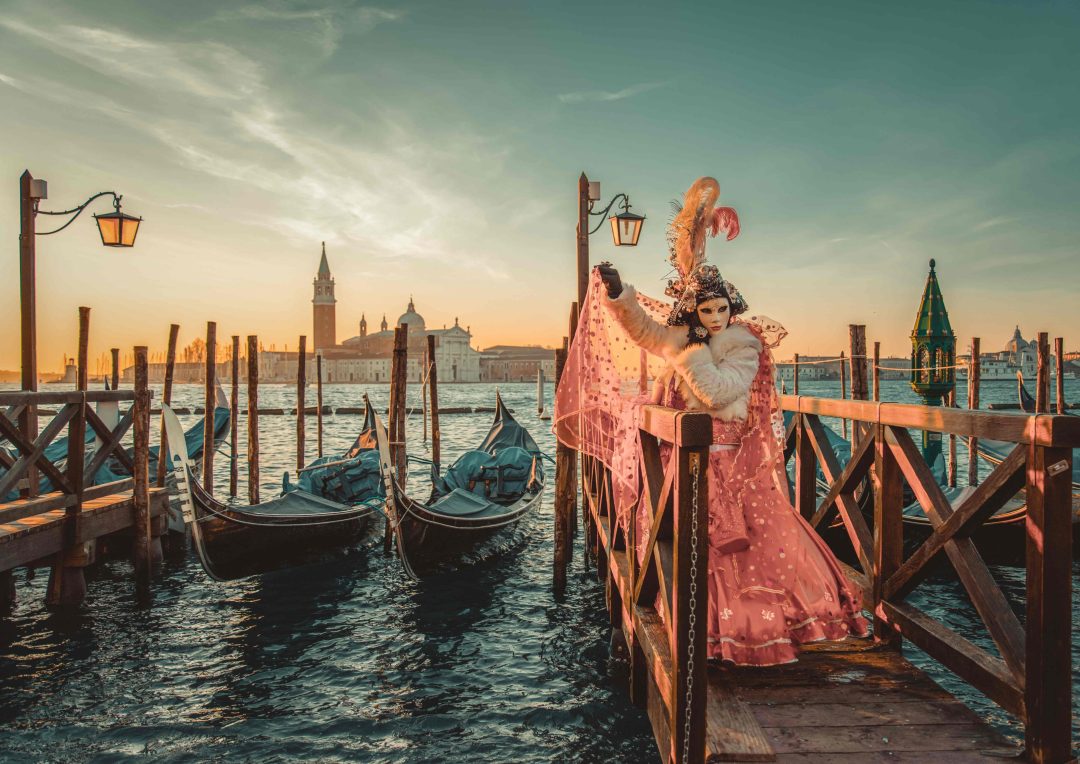The world goes a little crazy every February when carnival season begins. During those heady days before Lent starts, city streets teem with eye-popping parades as everyone gets into the party spirit to the sound of non-stop music. Mardi Gras, Carnevale, Carnaval, Karneval—whatever you call these celebrations, they’re an intoxicating way to endure the winter and a wonderful excuse to let your hair down before Lent. They all have their own traditions and histories, and if you want to be inspired about where to celebrate, take a look at some of the best carnivals around the world.
Rio Carnival, Brazil
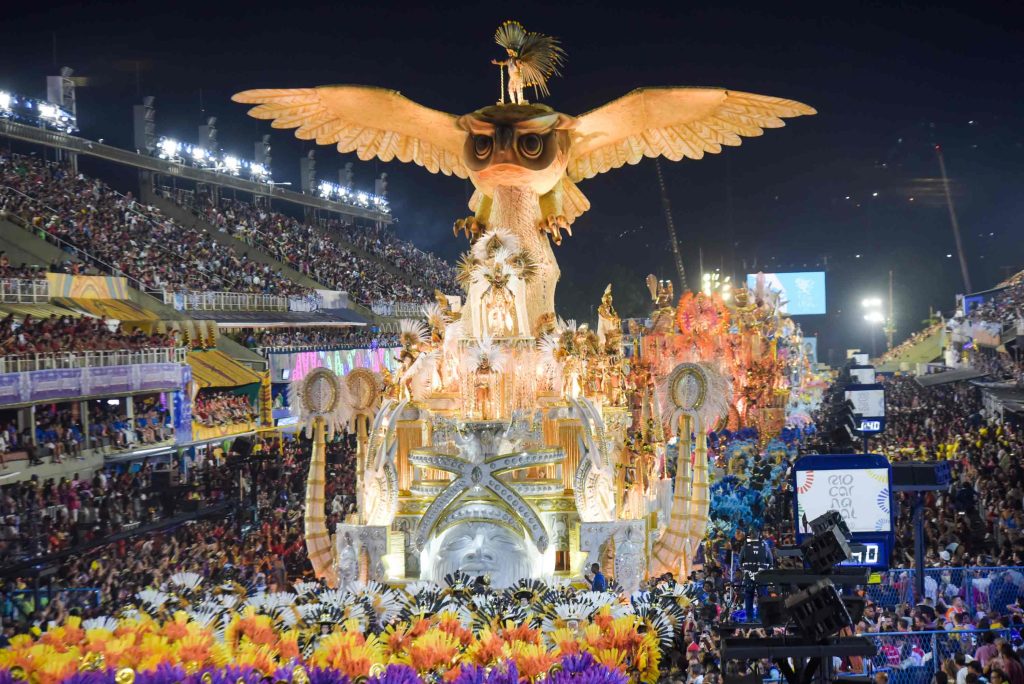
It’s the world’s largest carnival celebration, with more than two million people descending on Brazil’s second-largest city. For five days before Ash Wednesday, Rio de Janeiro erupts in a riot of color, non-stop samba and parades and parties in every neighborhood. The highlight is the series of parades at the Sambadrome arena, which get more and more flamboyant as more than 100 samba schools compete to be the best. Once it’s all over, you’ve got the enormous beaches of Copacabana and Ipanema where you can flop and recover.
Mardi Gras, New Orleans, USA
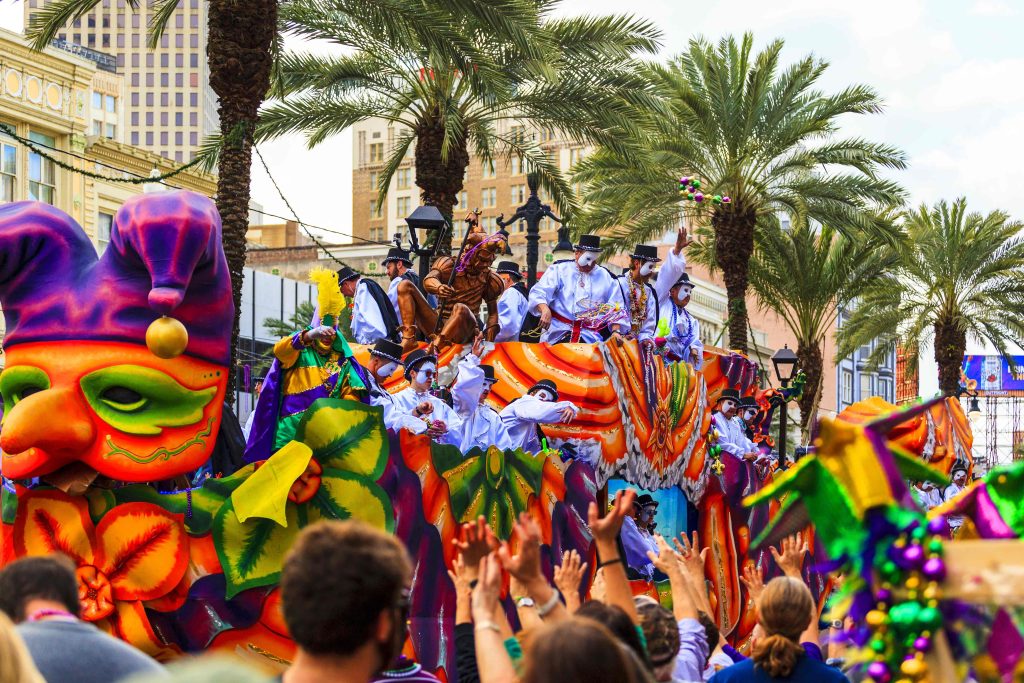
America’s biggest street party doesn’t just stick to the days leading up to Ash Wednesday. For New Orleans’s Mardi Gras, festivities begin as early as January 6 (Twelfth Night), when parades start to wind their way through the city’s streets, picking up momentum as the weeks go on. Run by organizations known as krewes, the parades take over parts of the city, including Uptown and Marigny, but many visitors head straight to the French Quarter. The atmosphere buzzes as jazz bands play between the floats and spectators try to catch the “throws”—anything from beads to toys.
Carnival of Santa Cruz de Tenerife, Spain
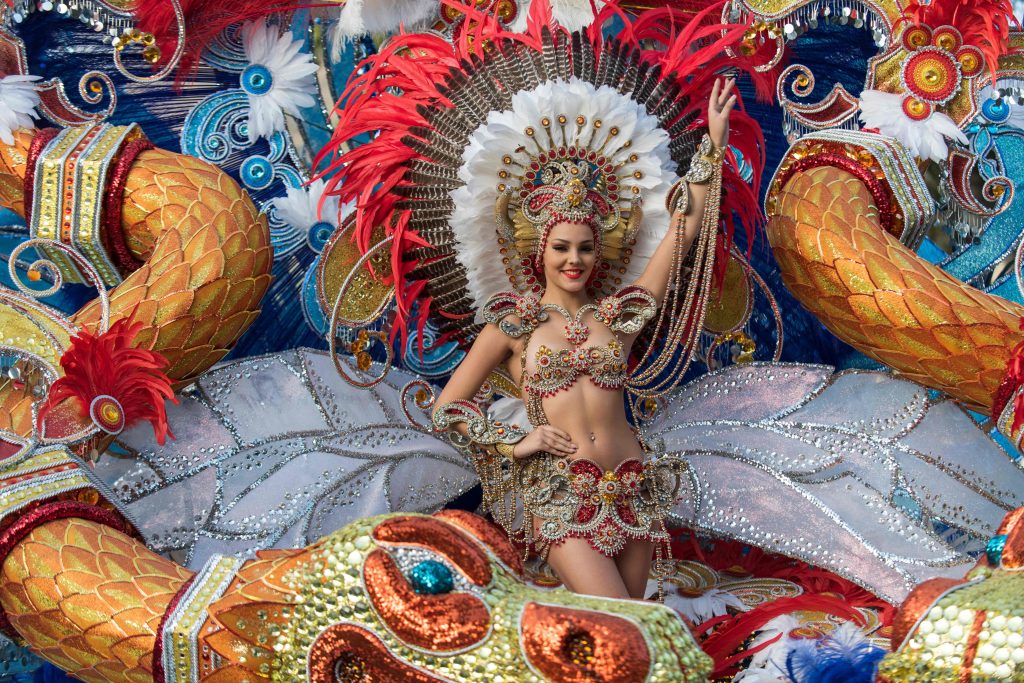
Second in size only to Rio, the Carnival of Santa Cruz de Tenerife brings a decidedly Brazilian flavor to this Canary Island. Over 15 days, the historic streets of Tenerife’s capital throng with flamboyant parades—but not until they’ve elected the carnival queen. That itself is a spectacle you can’t miss, as contestants in extraordinary costumes vie to take their place in the first carnival parade. The excitement builds as the days go on, with music and dancing filling the streets and thousands of people joining the party.
Venice Carnevale, Italy
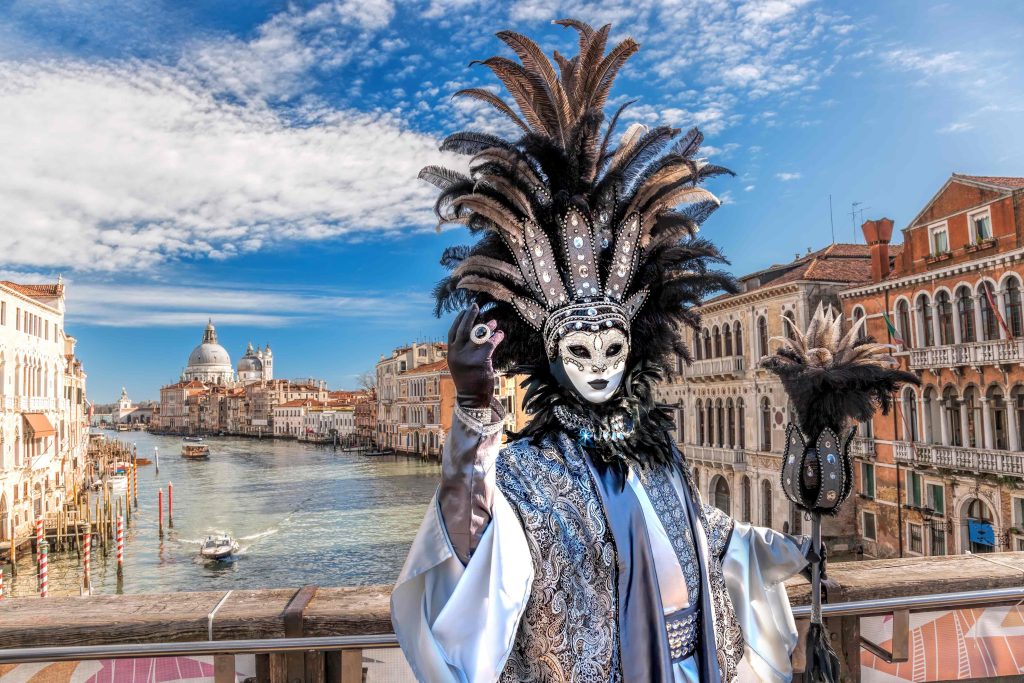
It’s hard to find a more romantic and elegant way to celebrate carnival than during Venice Carnevale. Even if you don’t get an invitation to one of the masquerade balls, you can see masked carnival-goers dressed in wonderfully ornate costumes stepping out of gondolas. Head to the Grand Canal for one of the enchanting water shows and the waterborne procession of the 12 Marias, and find a space in the Piazza San Marco for Commedia dell’Arte street theater. Opera lovers can buy tickets for one of the productions in the Fenice opera house—a taste of the cultural events you can expect during this classy carnival.
Quebec City Winter Carnival, Canada
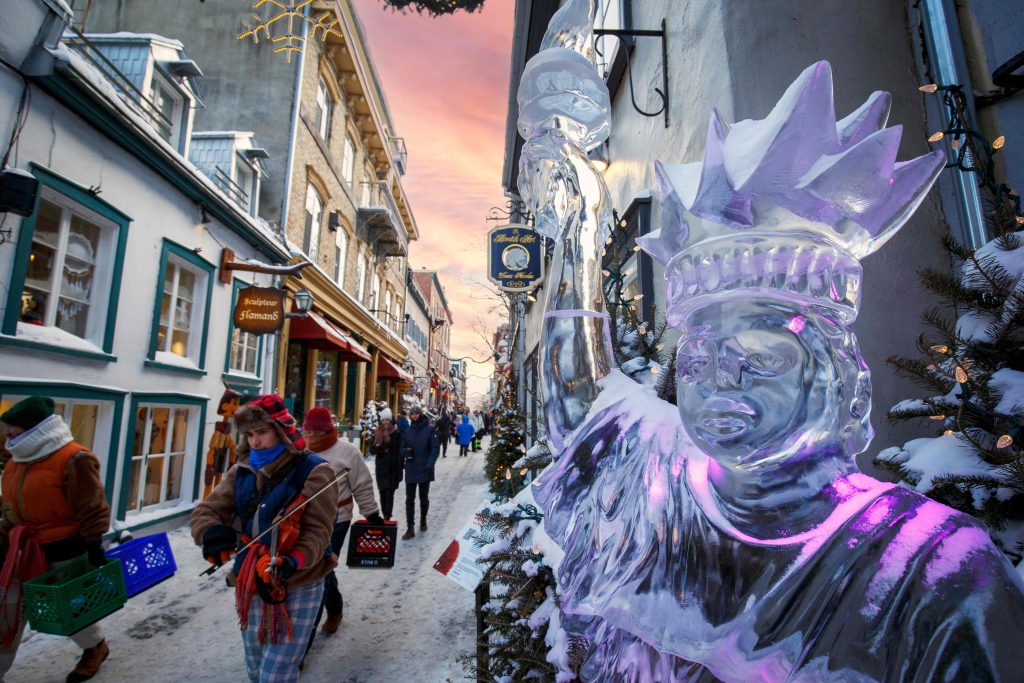
Dig out your warmest clothes and enter the winter wonderland that is the Quebec City Winter Carnival, or Carnaval de Québec, as it’s known in French-speaking Canada. This immensely attractive city becomes a 10-day snow festival, with a giant Ice Palace built in honor of the carnival’s snowman-like mascot called Bonhomme. Watch the night parades after days spent tobogganing, admiring giant ice sculptures and generally frolicking in the snow. Fill up with Canadian comfort food in the form of poutine—that delicious mix of fries smothered in gravy and cheese curds—followed by maple sugar snacks.
Cadiz Carnival, Spain
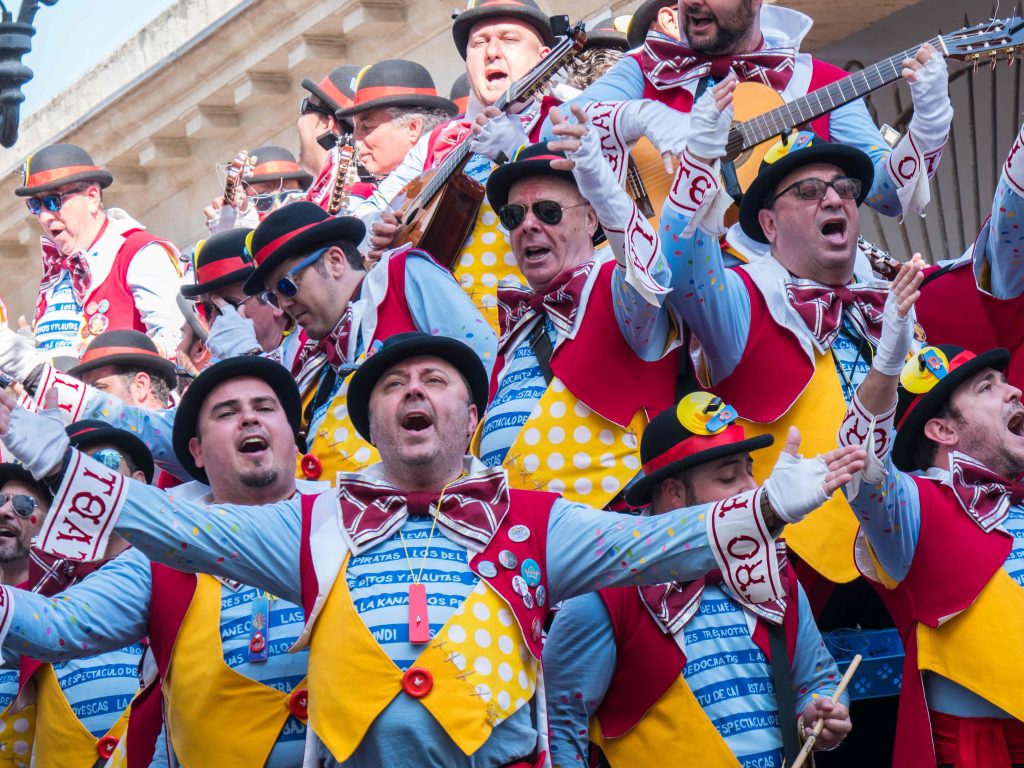
Spain’s southern region of Andalusia positively sizzles when carnival time comes every February to the city of Cadiz. For 11 days, the whole city buzzes with the sound of boisterous singing and dancing in the streets. The emphasis here is firmly on humor—the more satirical, subversive and irreverent, the better. It’s the chance for carnival performers—known as chirigotas—to show off their wit as much as their costumes. They’re joined by choirs and politically motivated singers called comparsas who turn up at all sorts of open spaces throughout Cadiz. Even if you don’t speak Spanish, the atmosphere is infectious.
Carnaval de Oruro, Bolivia
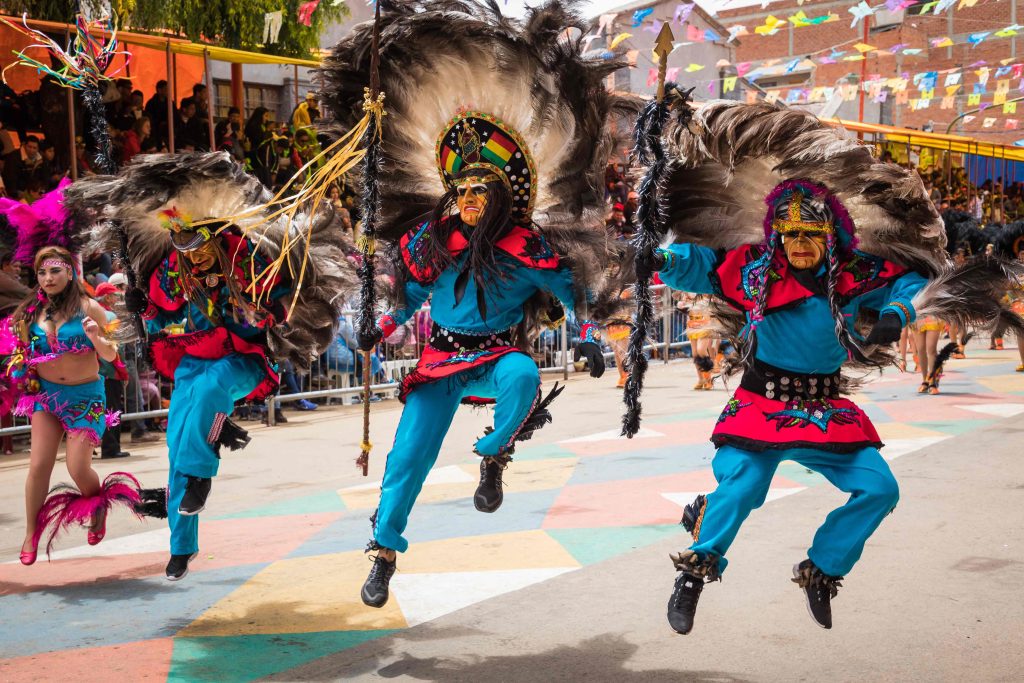
More than a million people fill the streets of Oruro in Bolivia’s Altiplano for one of the world’s oldest carnivals. It’s a lively blend of Catholic customs and ancient traditions that predate the arrival of the Spanish, including the devilish character called Tio de la Mina. You’ll need a lot of stamina for this: its main parade can last up to 20 hours and stretches nearly three miles. With more than 10,000 musicians and 20,000 dancers, it’s a fantastic spectacle that also includes the Diablada, the dance of the devils, which has been a local tradition for hundreds of years.
Rijeka, Croatia
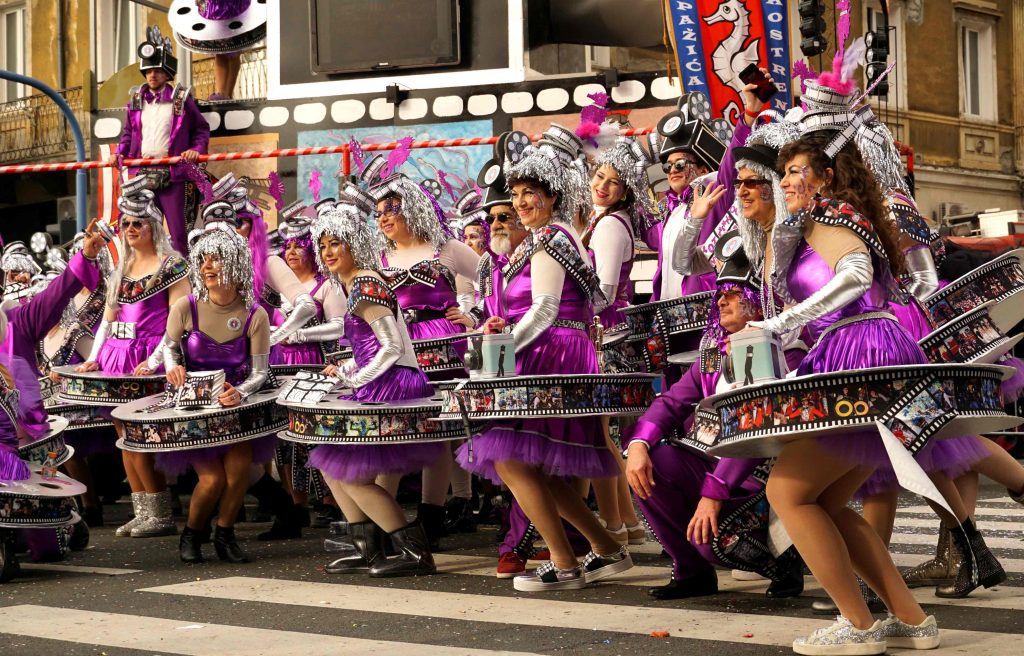
Croatia’s biggest port also hosts the country’s biggest carnival. Rijeka, a historic port city at the tip of the Kvarner Gulf, has always had a bit of a rebellious side which is at its noisiest and most rambunctious every February during Riječki Karneval. The festivities usually kick off around the third week of January with the Carnival Queen Pageant, followed by children’s parades and parties not just in Rijeka itself but also in its surrounding villages. Traffic-free Korzo, the city’s main artery that’s lined with handsome Habsburg buildings and café terraces, is filled with parades of costumed revelers and floats satirizing celebrities and political figures. One sight you can’t miss are the notoriously raucous zvončari—bell ringers—eccentrically dressed men wearing giant cowbells whose loud clanging is one of the key sounds of the carnival.
Nice Carnaval, France
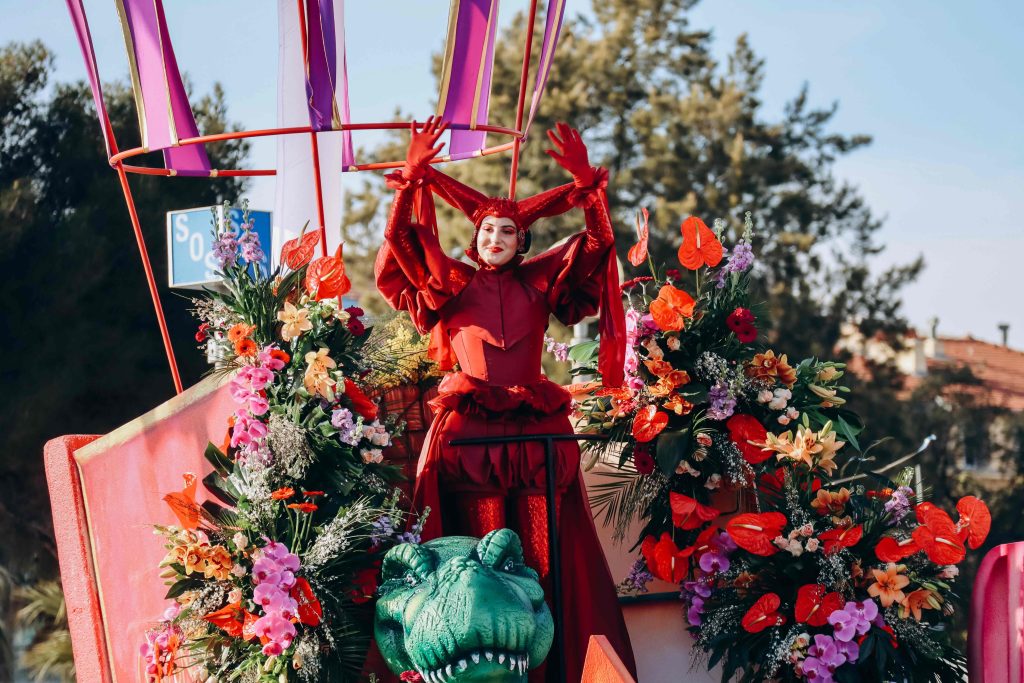
The French Riviera is colorful at all times of the year, but things go into overdrive when Nice Carnaval comes to town. For two weeks in February, carnival parades course through the city streets day and night, bringing fun and frolics to Place Masséna and the Promenade des Anglais. Whatever you do, don’t miss the flower parades, whose rowdiness captures the spirit of carnival. Countless flowers cover carnival floats, from which brightly costumed women throw flowers and almost start a riot as onlookers try to catch as many of the blooms as possible. Music and street troupes add to the high spirits.
Cologne Carnival, Germany
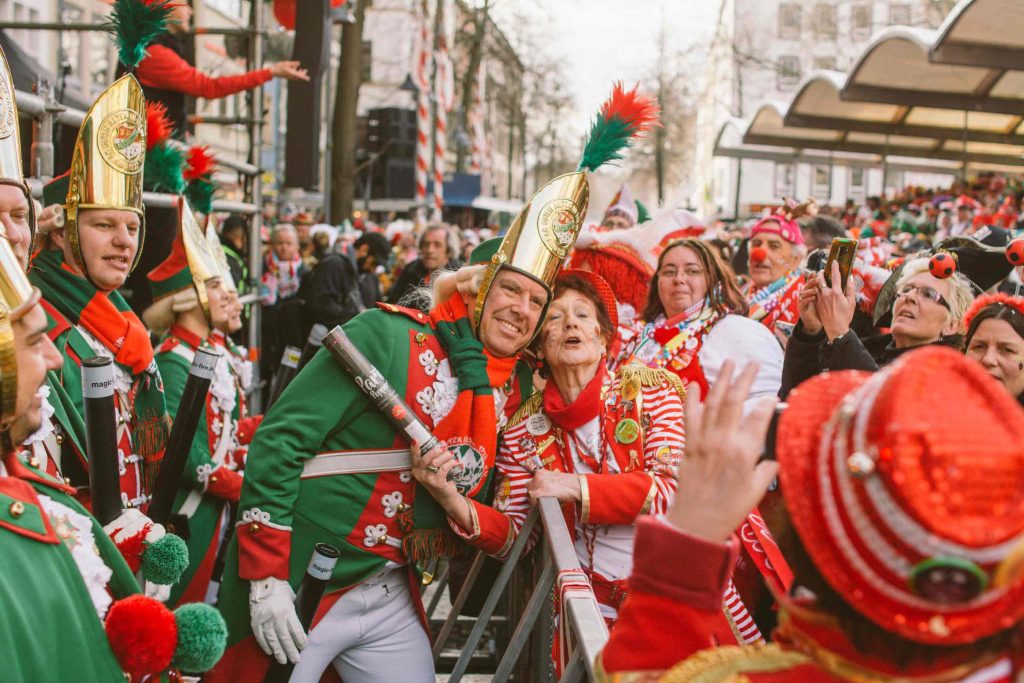
Normal life takes a break when the Street Carnival takes over parts of Cologne and makes everyone act a little wild. It starts the Thursday before Ash Wednesday on a day known as Weiberfastnacht, which is celebrated mainly in Germany’s Rhineland region as the day of the Women’s Carnival. That’s when men need to watch out for women brandishing scissors and following the carnival tradition of cutting off men’s ties. Watch the colorful parades through the streets of the Altstadt (old town) and join the festivities as they carry on into the Südstadt district. It all leads up to the massive parades on the last evening, which Germans call Violet Tuesday, and the ceremonial burning of scarecrow-like figure called Nubbel who is supposed to absorb everyone’s carnival excesses as it goes up in flames.

